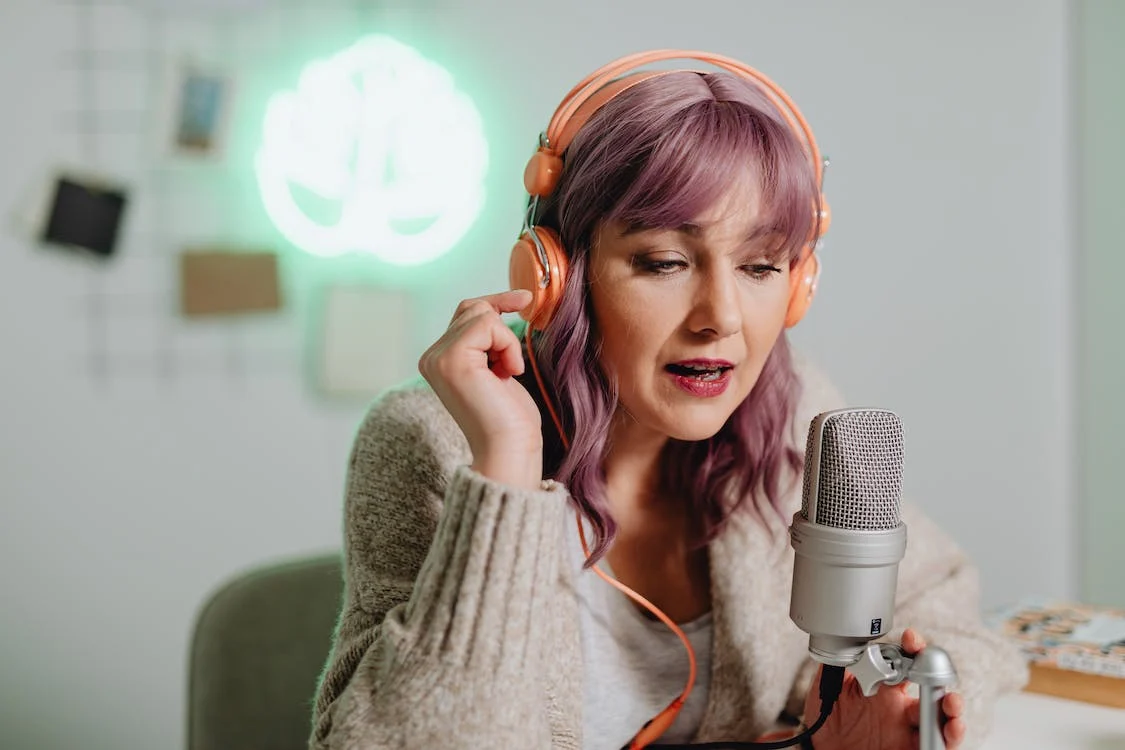Are you thinking about starting a podcast, but not sure where to begin? You’re not alone. Podcasting has become an increasingly popular form of media in recent years, with millions of people tuning in to listen to their favorite podcasts. But with so many podcasts out there, it can be daunting to think about creating your own.
But fear not! This guide will walk you through the basics of podcasting, from choosing a topic to recording and editing your episodes. Whether you’re looking to share your expertise or simply want to have fun and connect with others, podcasting can be a rewarding and exciting experience. So let’s get started!
Choosing Your Topic
The first step in starting a podcast is deciding on your topic. This may seem simple, but it’s important to choose a topic that you’re passionate about and that will keep your interest for the long haul. Some things to consider when choosing your topic are:
- Your expertise: Do you have knowledge or experience in a specific field that you can share with others?
- Your interests: What topics do you enjoy learning about or discussing with others?
- Audience appeal: Is there an audience for your chosen topic? Do some research to see what types of podcasts are already out there and how popular they are.
- Niche vs broad: Are you looking to appeal to a specific niche or a broader audience? Keep in mind that having a niche can help you stand out, but it may also limit your potential reach.
Once you have a general idea of your topic, it’s time to start brainstorming specific ideas for episodes. This will help you see if there is enough material to sustain a podcast on that topic.
Planning and Preparation
Once you have chosen your topic, it’s important to plan and prepare before diving into recording. This includes:
- Research: Do some research on your chosen topic to make sure you have enough material to cover and to keep your content accurate and informative.
- Format: Decide on the format of your podcast. Will it be a solo show, where you talk about the topic by yourself? Or will you have guests or co-hosts?
- Episode length: Consider how long each episode will be. This will vary depending on your chosen topic and format, but aim for a consistent length to keep your audience engaged.
- Script or outline: Decide if you will have a script or an outline for each episode. This can help keep you on track and ensure that all important points are covered.
Recording Equipment
Next, you’ll need to invest in some basic recording equipment. Don’t worry, you don’t need to break the bank! Here are the essential items you’ll need:
- Microphone: A quality microphone is crucial for good sound quality. You can choose from a variety of options, including USB microphones and XLR microphones which require an audio interface. Your computer or laptop may also have a built-in microphone, but these are usually not of the best quality. Make sure your microphone jack is compatible with your chosen microphone.
- Headphones: Headphones are important to monitor your audio and make sure everything sounds clear. They also help reduce background noise and improve sound quality.
- Audio recording software: There are many options for audio recording software, including free and paid versions. Audacity and GarageBand are popular choices for beginners.
- Pop filter: This accessory helps reduce popping or hissing sounds when recording certain words.
- Optional: A mic stand and shock mount can also improve the quality of your recordings but are not necessary for beginners.
Recording and Editing
Once you have all your equipment set up, it’s time to start recording! Here are some tips for a successful recording session:
- Find a quiet space: Choose a room or area with minimal background noise to ensure the best sound quality.
- Test your equipment: Before starting, make sure all your equipment is working properly and that you are recording at the right levels.
- Speak clearly and confidently: Speak into the microphone at an appropriate distance and enunciate your words. This will help improve the audio quality and make it easier for your listeners to understand you.
- Edit your audio: After recording, use your chosen software to edit out any mistakes or long pauses. You can also add background music or other sound effects to enhance the listening experience.
Publishing Your Podcast
Congratulations, you’ve recorded your first episode! Now it’s time to share it with the world. Here are some tips for publishing your podcast:
- Choose a hosting platform: There are many hosting platforms available, such as Podbean, Buzzsprout, or Anchor. These allow you to upload and distribute your podcast to various listening platforms.
- Create cover art: Your podcast cover art is the first thing people will see when browsing through podcasts, so make sure it is eye-catching and relevant to your topic.
- Promote your podcast: Use social media, word of mouth, and other marketing tactics to promote your podcast and attract listeners.
Keep Learning and Growing
Starting a podcast can be challenging, but don’t get discouraged. Keep learning and growing as you create new episodes. Listen to feedback from your audience and continually improve your content and delivery. With dedication and hard work, your podcast can become a successful and rewarding venture. So go out there and share your voice with the world through podcasting!

